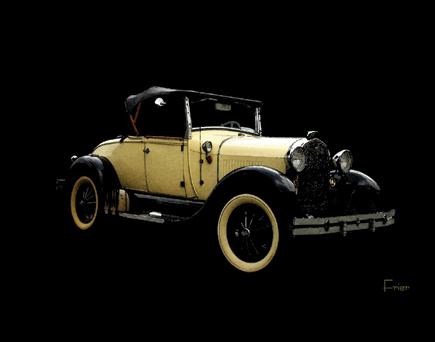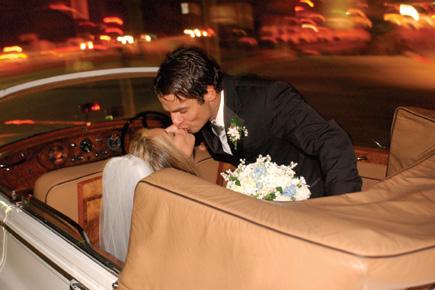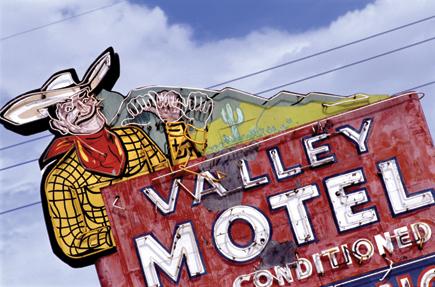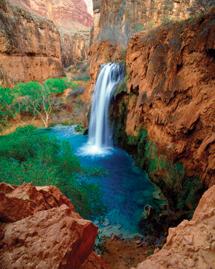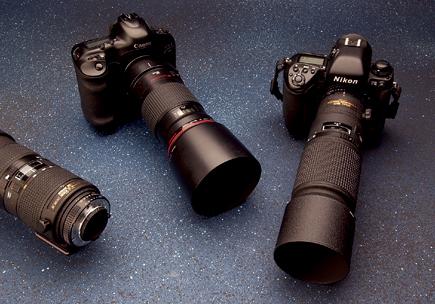Pro Techniques
Sort By: Post Date TitlePublish Date
|
Feb 01, 2007 |
|
Nov 15, 2006 |
First Published: Dec 01, 2006 |
|
Nov 01, 2006 |
|
Sep 01, 2006 |
|
Sep 01, 2006 |
|
Aug 01, 2006 |
|
Aug 01, 2006 |
|
Aug 01, 2006 |
|
Aug 01, 2006 |
